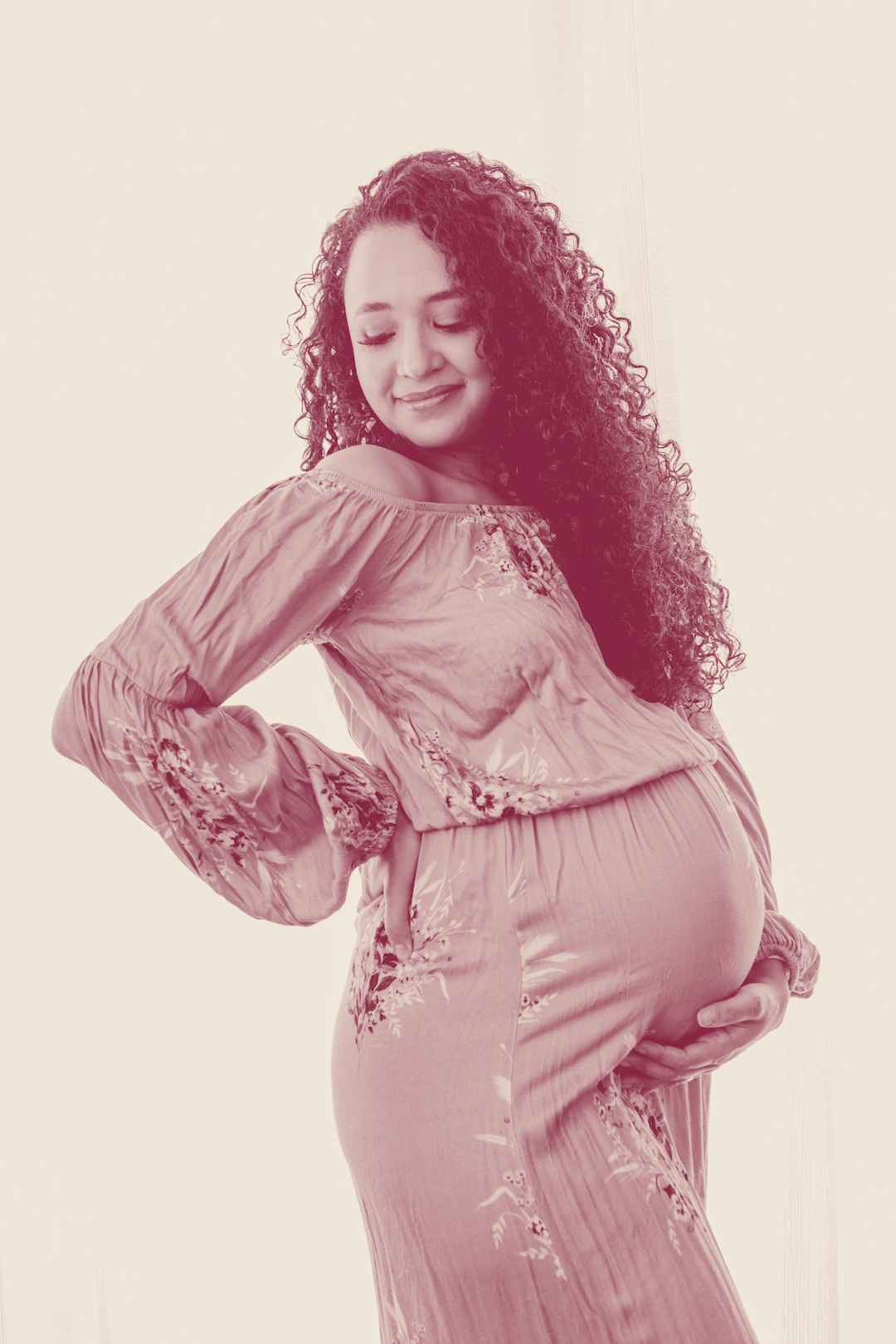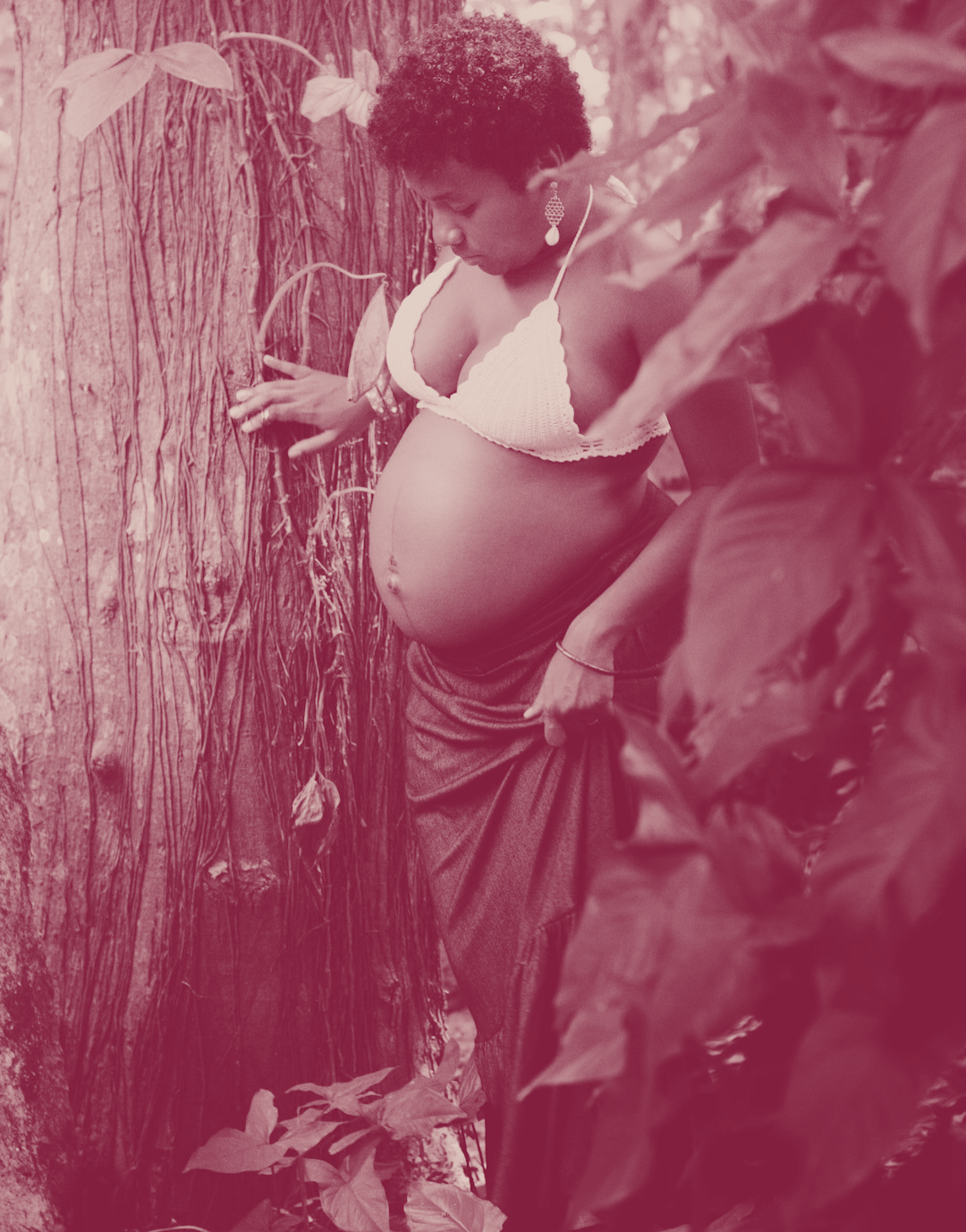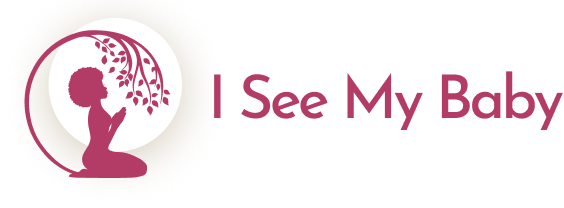Pregnancy Journey
Pregnancy Supports you'll find at, I See My Baby™
Whether you’re seeking advice on managing morning sickness, looking for exercise routines safe for pregnancy, or preparing for the birthing process, I See My Baby™ is your partner in this incredible journey. Our expert-led sessions and vibrant community networks provide not only crucial information but also a supportive environment where you can connect with other expectant mothers, share experiences, and grow together. Join us to navigate each step of your pregnancy with confidence and support.
Pregnancy is a profound and unique journey that extends beyond the physical changes experienced over the months. To fully support and understand this significant phase, it's essential to delve into the details of pregnancy duration, symptoms, and the development stages that unfold from conception to birth. Here, we break down the essentials of pregnancy by trimesters, offering insights into each stage to help expectant mothers prepare and engage with their pregnancy more deeply.
Calculating pregnancy duration
An unborn baby spends around 38 weeks in the womb, but the average length of pregnancy (gestation) is counted as 40 weeks.
This is because pregnancy is counted from the first day of the woman’s last period, not the date of conception, which generally occurs 2 weeks later.
Pregnancy is roughly divided into 3 stages known as trimesters of about 3 months each :
- First trimester – conception to 12 weeks
- Second trimester – 13 to 27 weeks
- Third trimester – 28 to 40 weeks.
Length of pregnancy can vary between women – babies are considered 'full term' if they are born anywhere between 37-42 weeks.
First trimester of pregnancy conception to 12 weeks
Symptoms and signs of early pregnancy include:
- missed periods
- nausea and vomiting (morning sickness)
- breast changes
- tiredness
- frequent urination.
If you are experiencing any of these symptoms and think you may be pregnant, it is a good idea to take a pregnancy test.
If you didn't plan to become pregnant, it is important to have a pregnancy test as soon as you can. The sooner a pregnancy is confirmed, the sooner you can receive care, and the more options will be available to you.
During the first trimester, miscarriage is common. Around 1 in 4 pregnancies end in miscarriage. Most spontaneous miscarriages (75 to 80 per cent) occur in the first 12 weeks. Many miscarriages are unreported or go unrecognized because they occur very early in pregnancy.
Conception
The moment of conception is when the woman’s ovum (egg) is fertilised by the man’s sperm. The gender and inherited characteristics are decided in that instant.
Pregnancy week 1
This first week is actually your menstrual period. Because your expected birth or due date (EDD or EDB) is calculated from the first day of your last period, this week counts as part of your 40-week pregnancy, even though your baby hasn’t been conceived yet. If you know the date of your last period, you can use a gestation calculator to calculate your due .
Pregnancy week 2
Fertilisation of your egg by the sperm (known as conception) will take place near the end of this week.
Pregnancy week 3
Thirty hours after conception, the cell splits into two. Three days later, the cell (zygote) divides into 16 cells. After two more days, the zygote has migrated from the fallopian tube to the uterus (womb). Seven days after conception, the zygote burrows itself into the plump uterine lining (endometrium). The zygote is now known as a blastocyst.
Pregnancy week 4
The developing baby is tinier than a grain of rice. The rapidly dividing cells are in the process of forming the various body systems, including the digestive system.
Pregnancy week 5
The evolving neural tube will eventually become the central nervous system (brain and spinal cord).
Pregnancy week 6
The baby is now known as an embryo. It is around 3 mm in length. By this stage, it is secreting special hormones that prevent the mother from having a menstrual period.
Pregnancy week 7
The heart is beating. The embryo has developed its placenta and amniotic sac. The placenta is burrowing into the uterine wall to access oxygen and nutrients from the mother’s bloodstream.
Pregnancy week 8
The embryo is now around 1.3 cm in length. The rapidly growing spinal cord looks like a tail. The head is disproportionately large.
Pregnancy week 9
The eyes, mouth and tongue are forming. The tiny muscles allow the embryo to start moving about. Blood cells are being made by the embryo’s liver.
Pregnancy week 10
The embryo is now known as a fetus and is about 2.5 cm in length. All of the bodily organs are formed. The hands and feet, which previously looked like nubs or paddles, are now evolving fingers and toes. The brain is active and has brain waves.
Pregnancy week 11
Teeth are budding inside the gums. The tiny heart is developing further.
Pregnancy week 12
The fingers and toes are recognisable, but still stuck together with webs of skin. The first trimester combined screening test (maternal blood test + ultrasound of baby) can be done around this time. This test checks for trisomy 18 (Edward syndrome) and trisomy 21 (Down syndrome).
Second trimester of pregnancy 13 weeks to 27 weeks
The second trimester of pregnancy usually occurs around weeks 13 and 14. During this time, most women find that morning sickness eases and they have more energy.
Your pregnancy may be visible and you may have gained some weight. Steady weight gain during pregnancy is normal and important for the health of you and your baby. However, it is also important not to gain too much weight by following a healthy diet and exercising regularly.
Gestational diabetes is usually detected around weeks 24 to 28 of pregnancy, although it can develop earlier.
Pregnancy week 13
The fetus can swim about quite vigorously. It is now more than 7 cm in length.
Pregnancy week 14
The eyelids are fused over the fully developed eyes. The baby can now mutely cry, since it has vocal cords. It may even start sucking its thumb. The fingers and toes are growing nails.
Pregnancy week 16
The fetus is around 14 cm in length. Eyelashes and eyebrows have appeared, and the tongue has taste buds. The second trimester maternal serum screening will be offered at this time if the first trimester test was not done (see week 12).
Pregnancy weeks 18-20
An ultrasound will be offered. This fetal morphology scan is to check for structural abnormalities, position of placenta and multiple pregnancies. Interestingly, hiccoughs in the fetus can often be observed.
Pregnancy week 20
The fetus is around 21 cm in length. Its ears are fully functioning and it can hear muffled sounds from the outside world. The fingertips have prints. The genitals can now be distinguished with an ultrasound scan.
Pregnancy week 24
The fetus is around 33 cm in length. The fused eyelids now separate into upper and lower lids, enabling the baby to open and shut its eyes. The skin is covered in fine hair (lanugo) and protected by a layer of waxy secretion (vernix). The baby makes breathing movements with its lungs.
Third trimester of pregnancy 28 weeks to 40 weeks
During the third trimester your baby is growing rapidly and you may feel more tired. You will notice changes to your body as your baby develops. In the later weeks your baby will eventually move down to engage (or 'drop') into your pelvis to prepare for birth.
It is normal to feel worried, experience back pain, breathlessness and sleep difficulties as labour approaches. Although preeclampsia may develop at any time during the second half of pregnancy, there is a higher risk of it developing during this stage.
Pregnancy week 28
Your baby now weighs about 1 kg (1,000 g) or 2 lb 2oz (2 pounds, 2 ounces) and measures about 25 cm (10 inches) from crown to rump. The crown-to-toe length is around 37 cm. The growing body has caught up with the large head and the baby now seems more in proportion.
Pregnancy week 32
The baby spends most of its time asleep. Its movements are strong and coordinated. It has probably assumed the ‘head down’ position by now, in preparation for birth.
Pregnancy week 36
The baby is around 46 cm in length. It has probably nestled its head into its mother’s pelvis, ready for birth. If it is born now, its chances for survival are excellent. Development of the lungs is rapid over the next few weeks.
Pregnancy week 40
The baby is around 51 cm in length and ready to be born. It is unknown exactly what causes the onset of labour. It is most likely a combination of physical, hormonal and emotional factors between the mother and baby.




